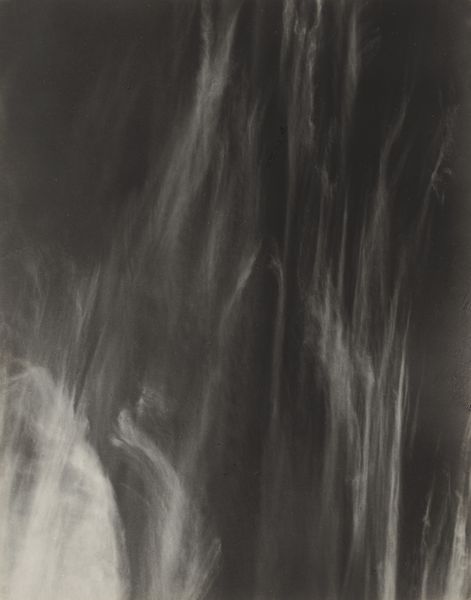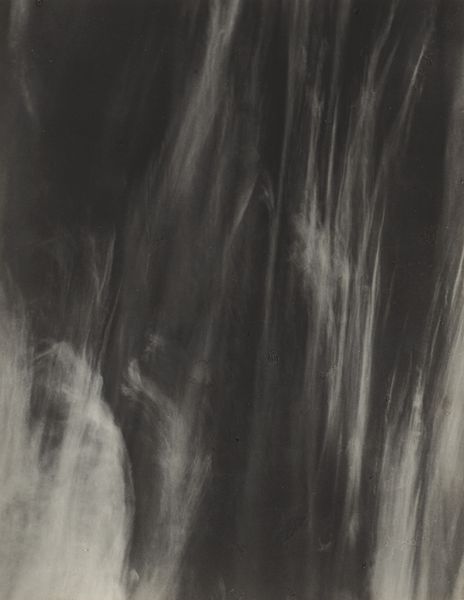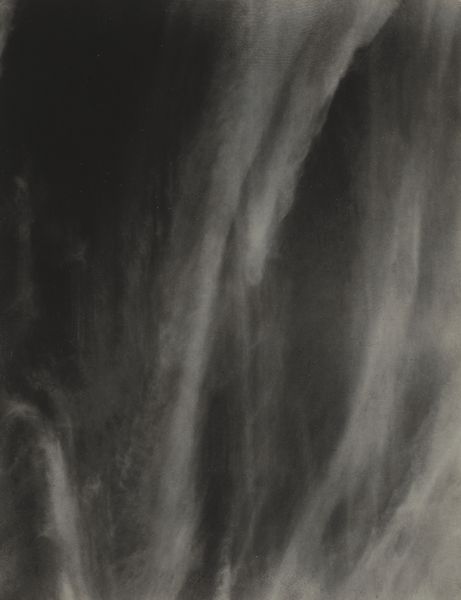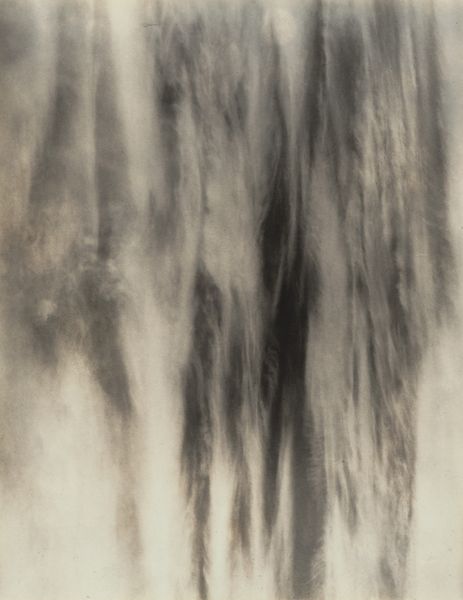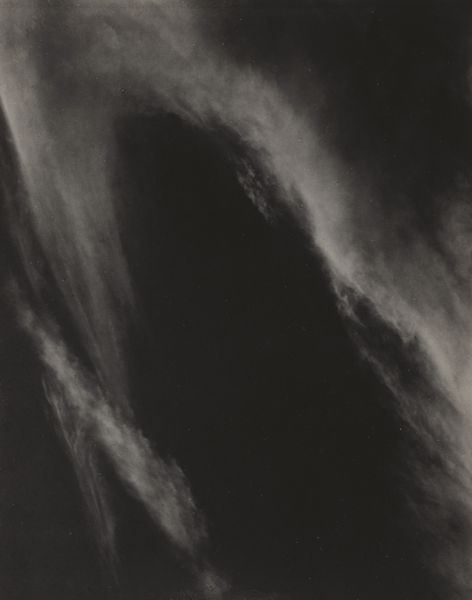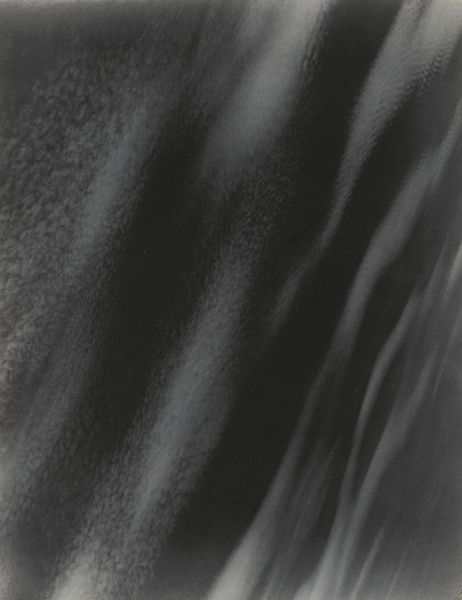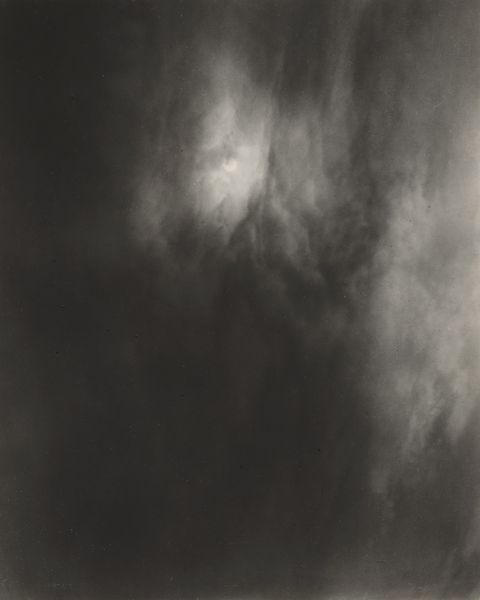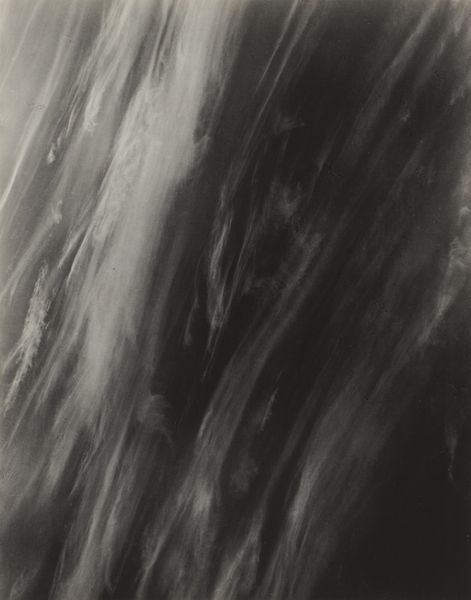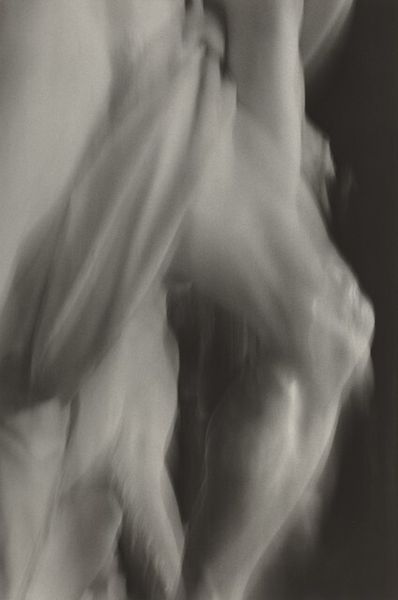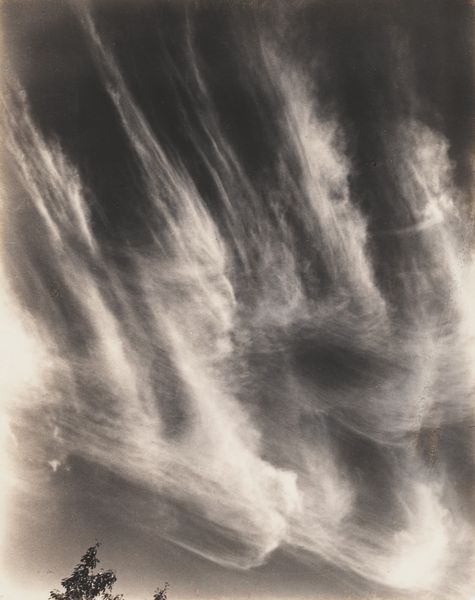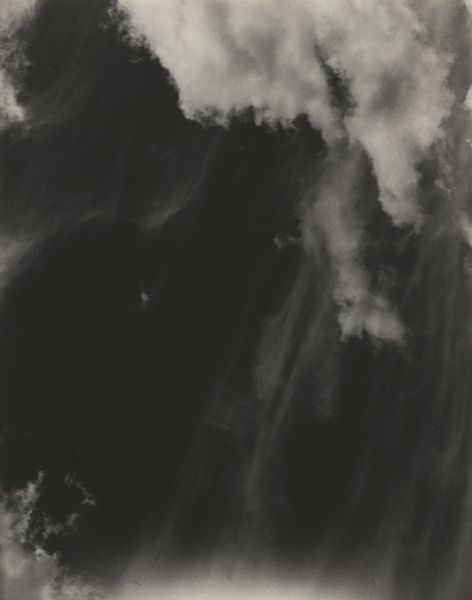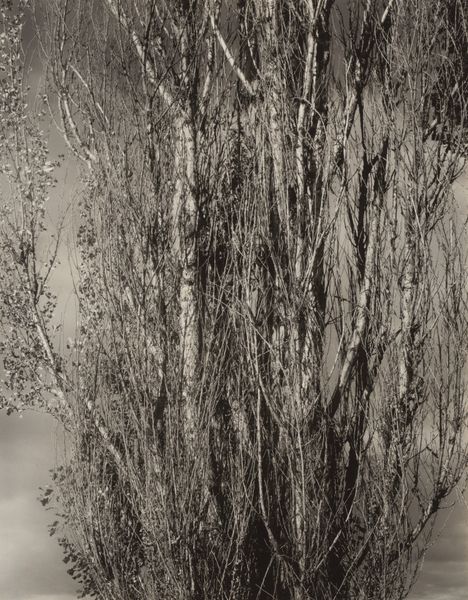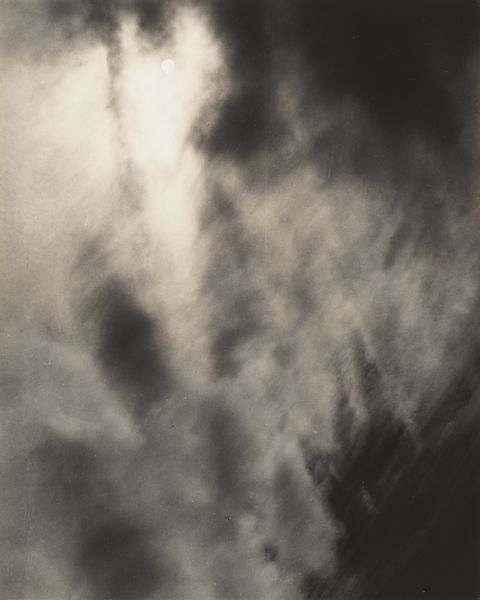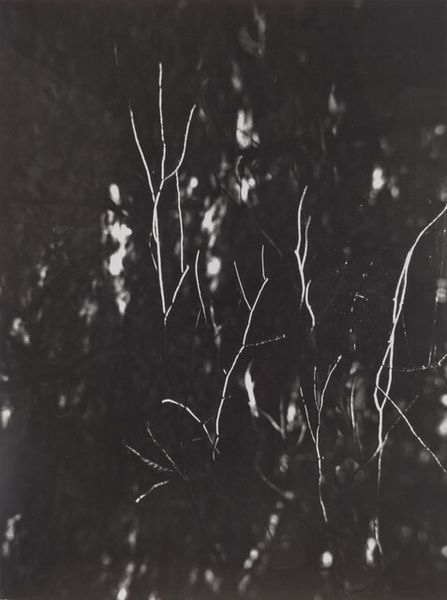
Waterfall late 19th-early 20th century
0:00
0:00
drawing, watercolor, hanging-scroll, ink
#
drawing
#
asian-art
#
landscape
#
japan
#
watercolor
#
hanging-scroll
#
ink
#
watercolor
Dimensions: 83 × 33 1/2 in. (210.82 × 85.09 cm) (without roller)47 × 27 in. (119.38 × 68.58 cm) (image)
Copyright: Public Domain
Curator: Looking at "Waterfall," a work from the late 19th to early 20th century by Watanabe Seitei, held here at the Minneapolis Institute of Art, what strikes you immediately? It’s ink and watercolor on a hanging scroll. Editor: It's… ghostly. That’s the only word for it. It feels like I’m looking at a memory of a waterfall rather than the waterfall itself. It’s all so soft, so… muted. Curator: Interesting. The muting, as you call it, does a few things. Seitei, a Japanese artist known for his naturalistic depictions, uses the watercolor and ink to create an almost dreamlike scene, right? But the waterfall also is this important symbol in Japanese art representing a sort of striving, perseverance. Do you see any evidence of those symbolic elements? Editor: I think so, but in a subtler way than I’d expect. It's almost as if the striving has become internalized. Look at the way the water sort of blends back into itself as it falls, this looping quality like thought reflecting on itself. It makes me consider the transience and ephemeral quality, this awareness of the ever-changing, flowing state of nature and by extension of life. Curator: Exactly, so much of what might feel natural and easily appreciated through visual experience, is filtered through symbolism that helps us understand. This blurring makes the image universally accessible, a quiet metaphor for our own impermanence. The choice to render it as a hanging scroll suggests that even the image itself has a beginning, middle, and an end. A flow… a striving to be unveiled, understood. Editor: I'm starting to feel a deep sense of calm looking at it, like a visual mantra. The blurred lines, the repetition, they draw you into a very meditative state. Curator: Seitei seems to have used this symbolism to draw the viewers into a reflection about how to deal with this flow, striving, or state of flux. Editor: Definitely food for thought, or maybe more accurately, food for the soul. It’s far more resonant than I first anticipated.
Comments
minneapolisinstituteofart almost 2 years ago
⋮
Japanese painters in the 1800s and early 1900s sometimes extended their artistry to the borders surrounding the painting, rather than leaving the job to a professional to mount the painting on silks. For this painting of a waterfall on silk, Watanabe Seitei created a mounting by piecing together sheets of indigo-dyed paper and then applying copper and silver paint. In his youth Seitei trained under several famous painters, including briefly under Shibata Zeshin. Seitei was among the first Japanese painters to travel to Europe when he visited Paris in his late twenties.
Join the conversation
Join millions of artists and users on Artera today and experience the ultimate creative platform.
